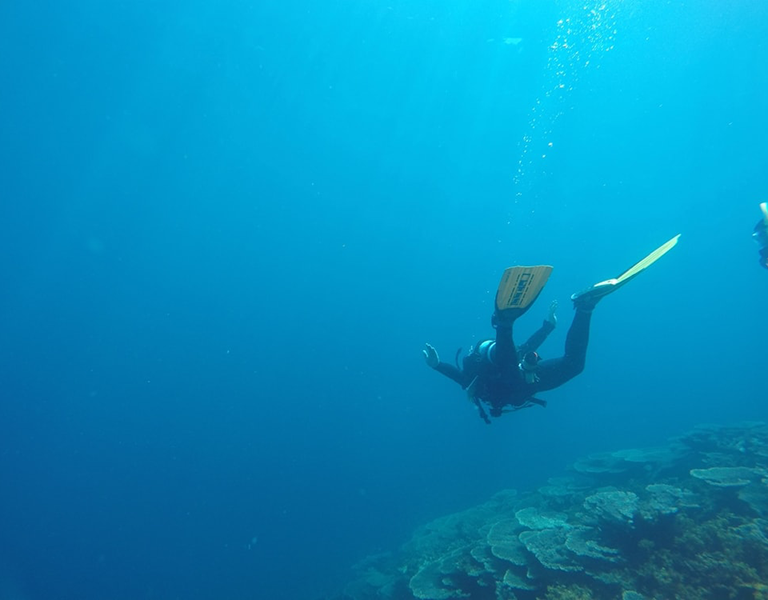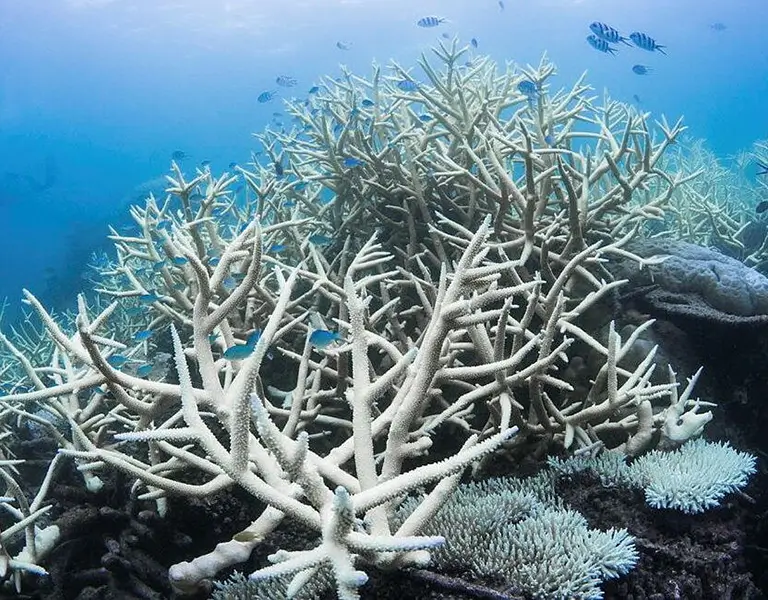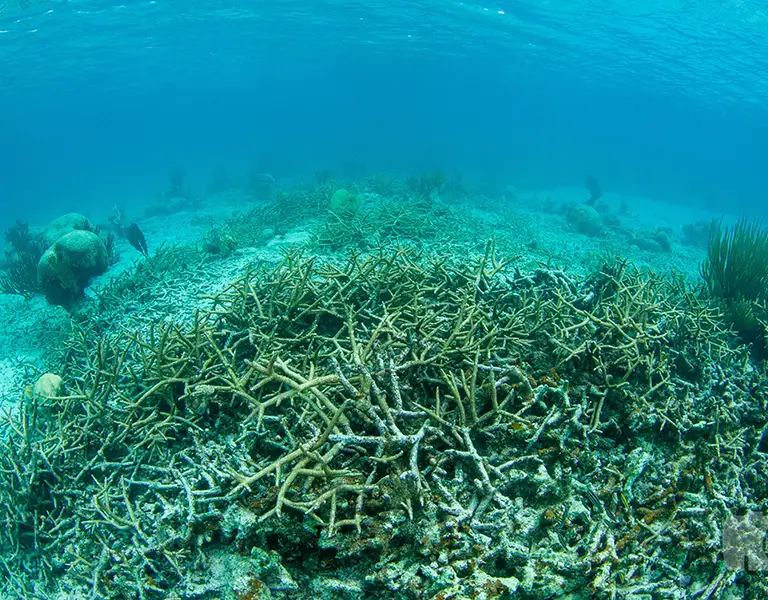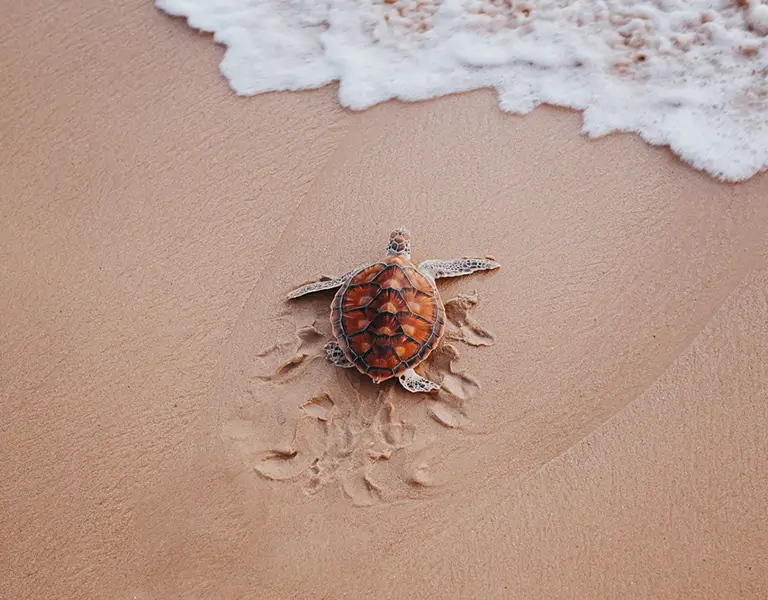Coral gardening represents a groundbreaking approach to saving our planet’s dying coral reefs through innovative restoration techniques. This revolutionary method combines cutting-edge science with scalable solutions to combat the devastating effects of climate change on marine ecosystems. As coral reefs face unprecedented threats, these advanced restoration techniques offer hope for regenerating healthy reef systems worldwide.
Key Takeaways
- Coral gardening accelerates reef restoration by growing corals 25-50 times faster than natural growth rates through microfragmentation techniques
- Land-based coral farms provide controlled environments that enhance coral resilience against rising ocean temperatures and climate change impacts
- Modern restoration methods can restore reef ecosystem functions within four years, supporting marine biodiversity and coastal protection
- Coral reefs generate $375 billion annually worldwide1, making restoration economically essential for tourism, fisheries, and coastal communities
- Advanced coral propagation techniques create genetically diverse coral populations better equipped to survive future environmental stressors
Understanding Coral Gardening
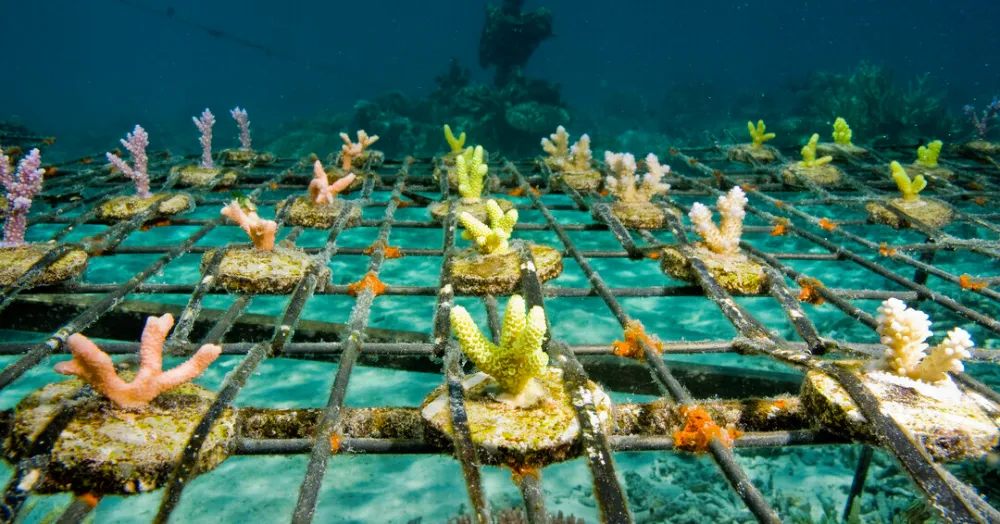
Coral gardening emerged as a revolutionary restoration approach that mimics natural coral growth processes in controlled environments. This innovative technique involves collecting coral fragments from healthy donor colonies and cultivating them in specialized nurseries before transplanting to degraded reef areas.
The Science Behind Reef Restoration
Scientists have discovered that small coral fragments exhibit remarkable regenerative abilities when properly maintained. The microfragmentation process creates 1-3 cm² coral pieces that demonstrate accelerated growth rates, sometimes reaching 25-50 times faster than natural development2.
Coral Reefs: Critical Marine Ecosystems
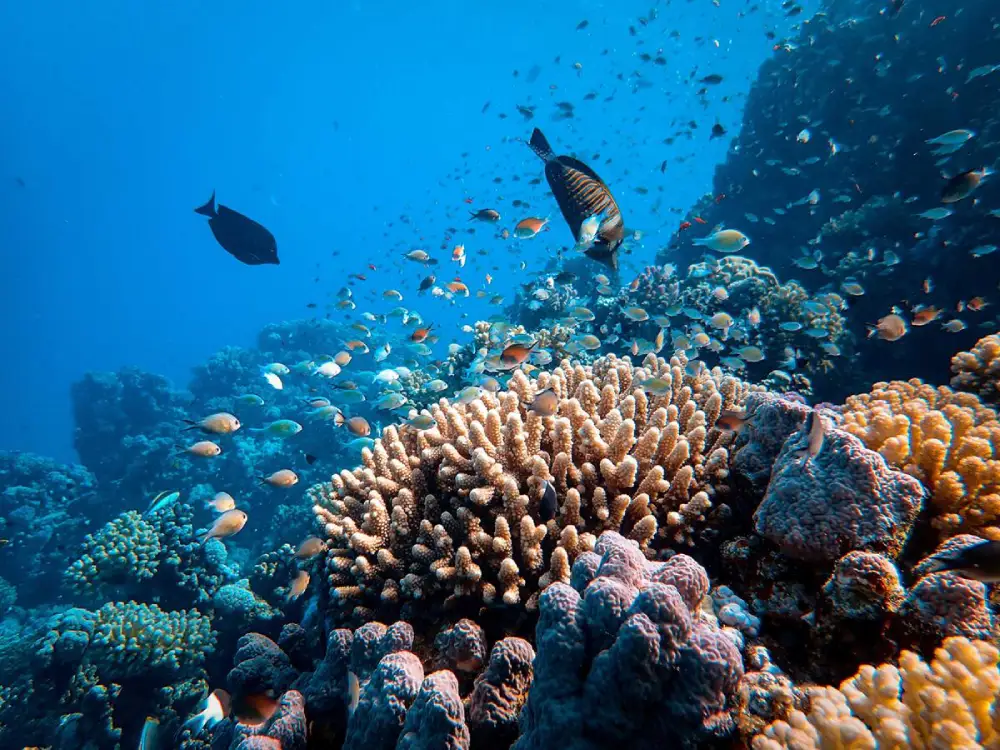
Existing coral reefs support approximately 25% of all marine species while occupying less than 1% of ocean space. These diverse ecosystems provide essential services including coastal protection, fisheries support, and tourism opportunities that benefit over 500 million people globally².
The Global Crisis Facing Coral Species
Rising ocean temperatures have caused devastating impacts across coral populations worldwide. Coral bleaching events and other threats to coral reefs have accelerated reef degradation globally. The world has lost 30 to 50 percent of its coral reefs already3.
Coral Reef Restoration Methods
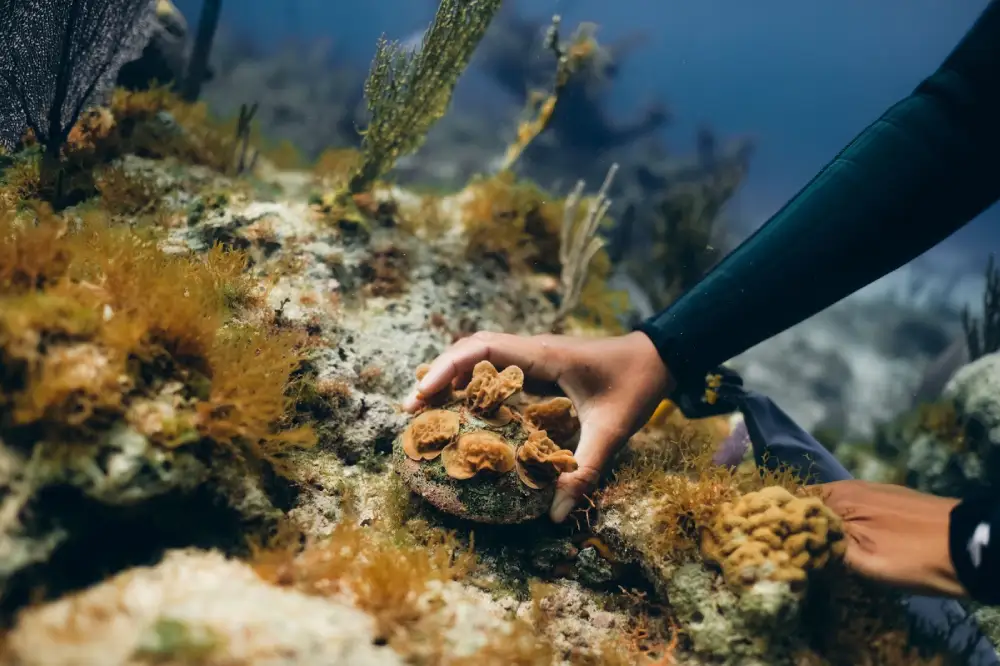
Traditional restoration approaches relied heavily on underwater coral nurseries and direct transplantation techniques. While these methods achieved moderate success, they struggled to match the scale and speed required for meaningful ecosystem recovery.
Land Based Coral Farming Advantages
Modern land based facilities offer controlled environments that optimize coral growth conditions. These systems regulate water temperature, nutrients, and lighting while protecting coral colonies from ocean-based threats like predation and disease.
Coral Aquaculture Innovations
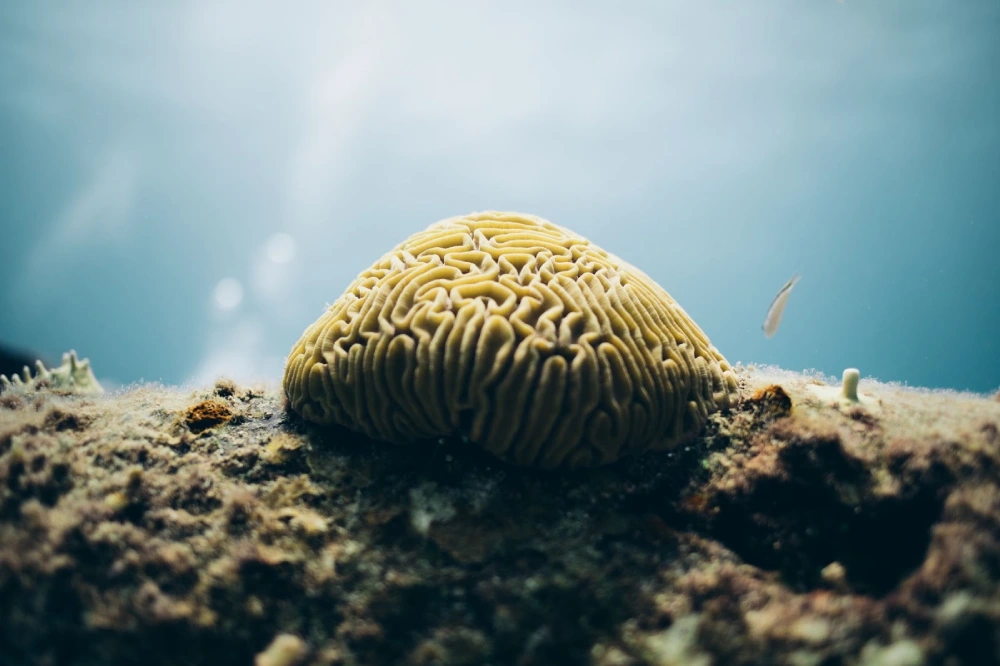
Advanced coral aquaculture techniques have revolutionized how scientists propagate coral species. Specialized tanks and raceways provide ideal conditions for coral fragments to develop into robust colonies ready for ocean deployment.
Microfragmentation Breakthroughs
Microfragmentation involves cutting corals into tiny pieces using precision tools, stimulating rapid healing and growth responses. This gardening method allows coral tissue to regenerate rapidly, creating clones at extraordinary growth rates⁵.
Coral Fragments and Growth Acceleration
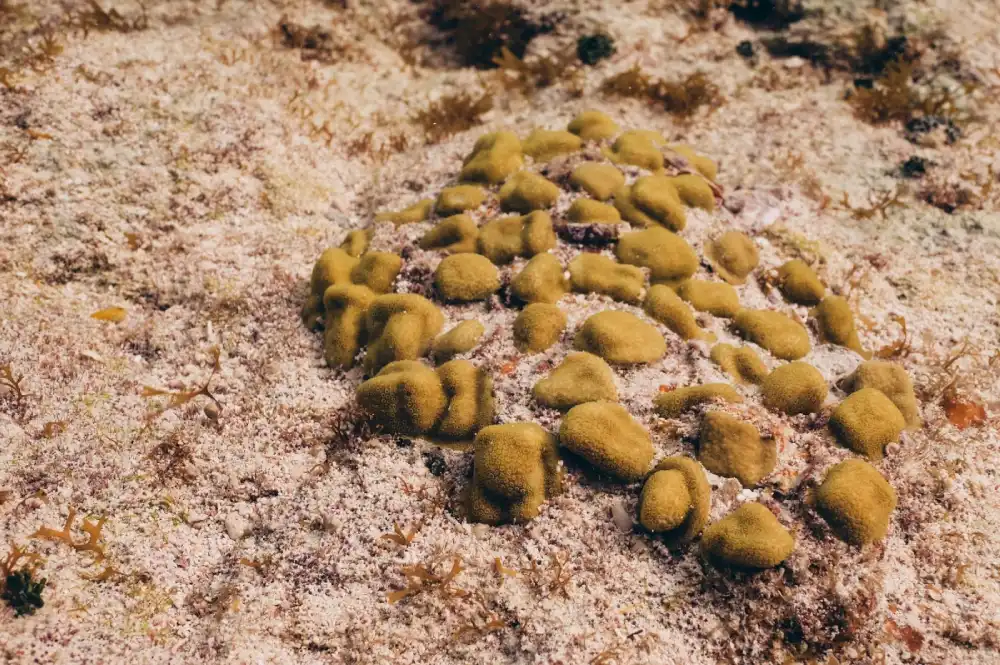
Research demonstrates that smaller coral fragments often outperform larger pieces in restoration settings. Studies show that microfragment arrays can produce ten times more tissue than traditionally used larger fragments when predation is controlled4.
Coral Propagation Success Rates
Modern propagation techniques achieve impressive survival rates, with recent studies documenting strong survival percentages for coral transplants even under challenging ocean conditions⁶.
Coral Spawn and Sexual Reproduction

Natural coral spawn events provide opportunities to collect millions of coral larvae for restoration projects. During mass spawning events, researchers capture excess eggs and sperm to rear coral babies in floating pools before deployment5.
Coral Larvae Development Programs
Specialized facilities can process coral larvae through critical development stages, ensuring higher survival rates when these young corals reach reef environments. This approach supplements asexual reproduction methods with genetic diversity benefits from sexual reproduction cycles.
Addressing Rising Ocean Temperatures
Climate change presents the greatest long-term threat to coral survival. Ocean acidification and rising sea temperatures create challenging conditions for coral health. Scientists are developing heat-tolerant coral strains through assisted evolution techniques that gradually expose corals to elevated temperatures.
Building Climate Resilience
Advanced coral farming facilities test coral fragments under various stress conditions to identify the most resilient genotypes. This selective breeding approach creates coral populations better equipped for future ocean conditions and climate adaptation.
Restore Reefs Through Community Engagement
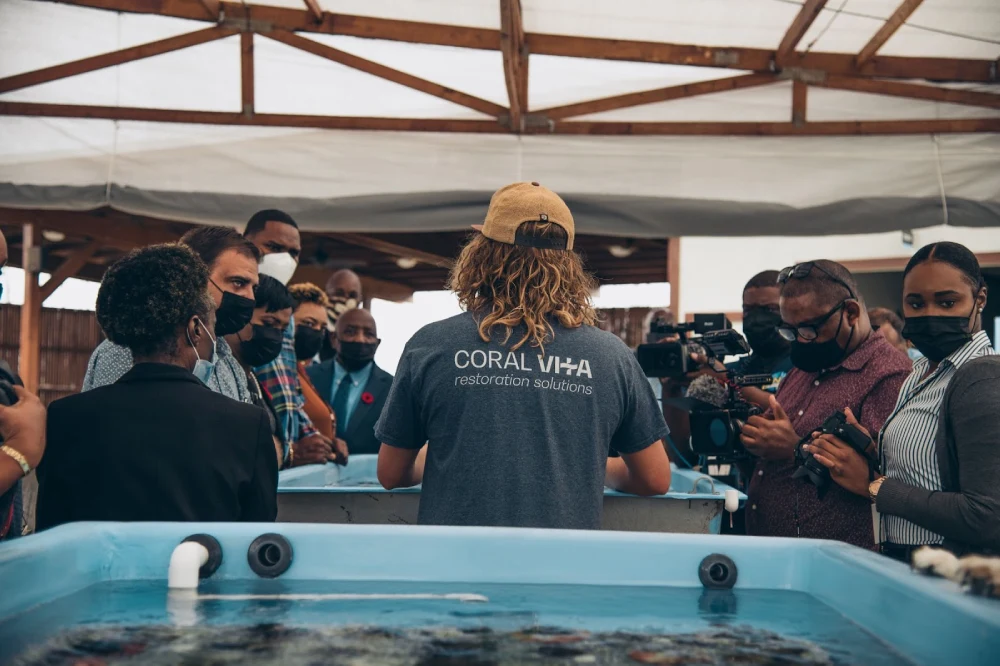
Successful restoration projects integrate local communities as active participants in coral gardening efforts. Training programs teach residents specialized techniques while creating sustainable employment opportunities in marine conservation and restoration work.
Healthy Reefs Supporting Local Economies
Healthy reef systems provide substantial economic benefits through tourism and recreation activities. Coastal communities depend on these marine ecosystems for protection, fisheries, and cultural heritage preservation that spans generations.
Coral Polyps: Building Blocks of Reefs

Individual coral polyps serve as the fundamental units of reef construction. Each polyp houses symbiotic algae called zooxanthellae that provide nutrients through photosynthesis while contributing to the coral’s distinctive colors.
Genetic Diversity in Restoration
Maintaining genetic diversity among coral colonies ensures restored reefs can adapt to changing environmental conditions. Scientists carefully select donor colonies representing various genetic lines to maximize restoration success and long-term resilience.
Coral Colonies and Ecosystem Recovery
Large coral colonies provide essential habitat structures that support fish populations and marine biodiversity. Restoration programs focus on establishing these foundation species first to create frameworks for ecosystem development.
Measuring Restoration Success
Recent research indicates that restored coral reefs can grow at the same speed as healthy coral reefs just four years after coral transplantation6, demonstrating rapid ecosystem function recovery and habitat provision capabilities.
Most Corals and Conservation Priorities
Conservation efforts prioritize species that provide the greatest ecosystem benefits. Understanding what coral is and how coral reefs are formed helps identify reef-building corals that receive primary focus due to their role in creating three-dimensional habitat structures essential for marine life.
Small Corals Growing into Large Colonies
Even small coral fragments can develop into substantial colonies through proper care and optimal growing conditions. Fusion techniques allow multiple fragments from the same genotype to merge into larger, more resilient structures that enhance reef stability.
New Corals for Future Reefs
Scientists are developing new coral strains through selective breeding and assisted evolution programs. These enhanced varieties show improved resistance to bleaching, disease, and acidification while maintaining essential ecosystem functions for marine communities.
Advanced Restoration Techniques
Modern coral gardening incorporates multiple propagation methods including fragmentation, microfragmentation, and larval settlement techniques. This comprehensive approach maximizes restoration outcomes across diverse reef environments and species requirements.
Environmental Factors in Coral Gardening
Successful coral cultivation requires precise control of environmental parameters including water quality, temperature, lighting, and nutrient levels. These factors determine coral growth rates and overall health outcomes in these critical biodiversity hotspots.
Ocean Conservation Integration
Coral gardening represents one component of comprehensive ocean conservation strategies. Effective reef protection requires addressing land-based pollution sources, fishing pressure, and global climate change simultaneously to ensure long-term success.
Technology and Innovation in Restoration
Cutting-edge technologies including machine learning, computer vision, and automated monitoring systems enhance coral farming efficiency. These tools enable large-scale restoration projects previously impossible with manual methods alone, supporting global conservation goals.
Future Directions in Coral Restoration
The coral restoration field continues evolving rapidly with new techniques and technologies emerging regularly. Integration of artificial intelligence, robotics, and advanced biotechnology promises even greater restoration capabilities for protecting different coral reef types in coming years.
Conclusion
Coral gardening has emerged as a critical tool for addressing the global coral reef crisis through innovative restoration techniques that accelerate natural recovery processes. By combining scientific advances in coral propagation with scalable farming approaches, this method offers realistic hope for preserving these essential marine ecosystems. Success depends on continued research, community engagement, and coordinated conservation efforts that address both local and global threats to reef health. The future of coral reefs relies on our ability to implement these restoration techniques at the scale and speed necessary to match the pace of environmental change.
About Coral Vita
Coral Vita is a mission-driven company dedicated to restoring our world’s dying and damaged reefs. Using innovative land-based farming techniques, Coral Vita grows diverse and resilient corals in months instead of the decades they take in nature. These corals are then transplanted into threatened reefs, helping to preserve ocean biodiversity while protecting coastal communities that depend on healthy reefs for protection, food, and income.
Founded by environmental entrepreneurs Sam Teicher and Gator Halpern, Coral Vita’s high-tech coral farms incorporate breakthrough methods to restore reefs in the most effective way possible. In 2021, the company was recognized as the inaugural winner of Prince’s William’s Revive Our Oceans Earthshot Prize Winner for their pioneering work in coral restoration.
To learn more about Coral Vita’s work or to get involved in coral reef conservation efforts, visit their website at www.coralvita.co or contact them directly through their Contact Us page.
Frequently Asked Questions
What is coral gardening and how does it work?
Coral gardening is a restoration technique that involves growing coral fragments in controlled nursery environments before transplanting them to degraded reefs. This process accelerates natural growth rates significantly.
How fast can corals grow using modern techniques?
Advanced techniques like microfragmentation can grow corals 25-50 times faster than natural rates, allowing restoration projects to achieve meaningful results in months rather than decades.
What makes land-based coral farming more effective?
Land-based facilities provide controlled conditions that optimize water temperature, nutrients, and lighting while protecting corals from ocean threats like predation and disease during critical growth phases.
Can restored coral reefs function like natural reefs?
Yes, studies show restored reefs can achieve the same growth rates and ecosystem functions as healthy natural reefs within four years of restoration completion.
References
- https://reefresilience.org/value-of-reefs/ ↩︎
- https://medium.com/@amy_kath/microfragmentation-a-breakthough-for-coral-reef-restoration-6a2e862c4e2 ↩︎
- https://www.fisheries.noaa.gov/national/habitat-conservation/restoring-coral-reefs ↩︎
- https://www.sciencedirect.com/science/article/pii/S0925857418303094 ↩︎
- https://www.barrierreef.org/what-we-do/projects/reef-restoration ↩︎
- https://www.sciencedaily.com/releases/2024/03/240308123248.htm ↩︎




